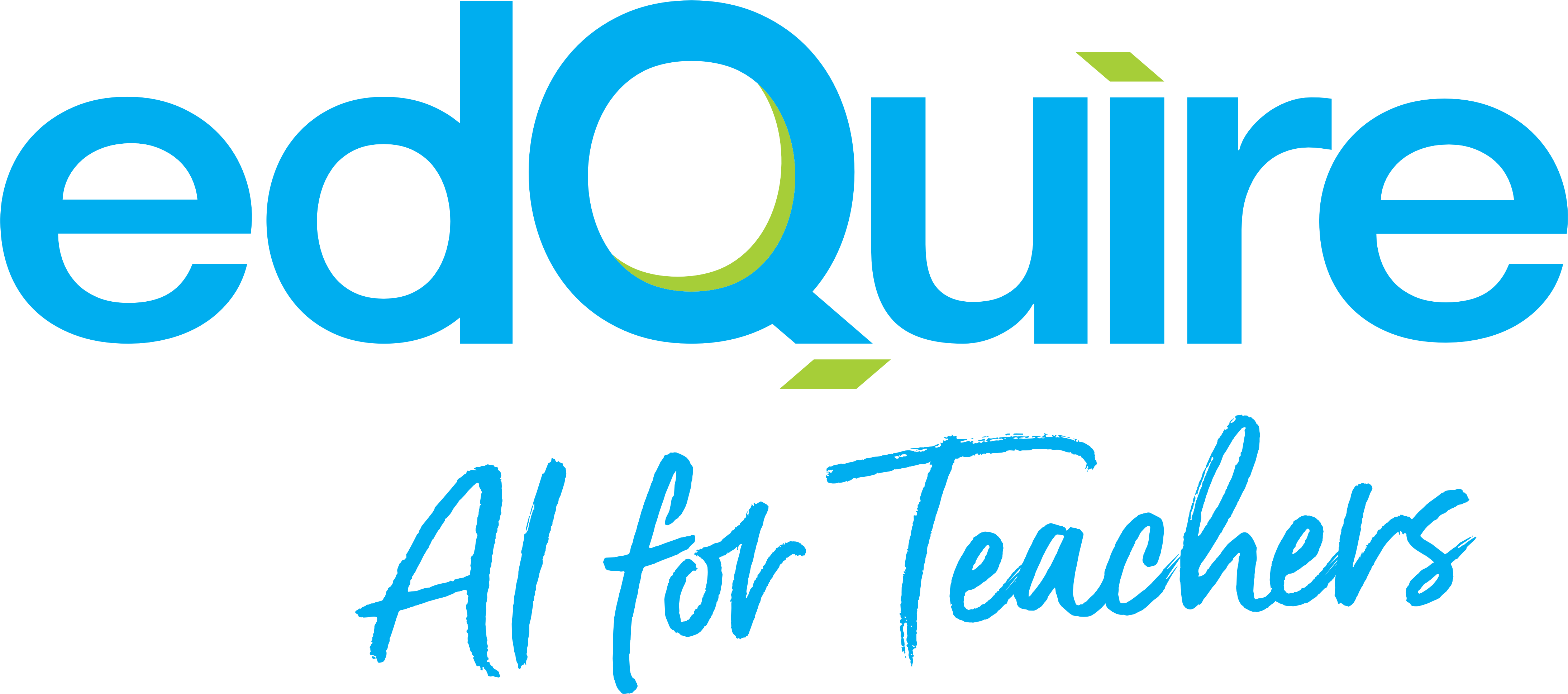Over the course of your teaching career, the amount of resources you have personally spent money on would be astounding. You think about it – the odd story book here and there, craft ideas books, research tasks workbooks, stamps, stickers, cardboard, glitter paint, whiteboard markers, board games, bunting, bean bags, pillows – things that make your classroom feel more like a home, and things you can use from one year to the next. Money well spent, right?! Of course it is! (As long as you’re using it!) And the fact that you can actually see it in your classroom (or in your resource cupboard, garage, spare room etc) and KNOW if it is being used or not certainly helps in making sure that those resources are still relevant and being used. And if not, you know to either dust it off and start using them, or get rid of them altogether.

But what about digital resources? For many teachers and schools, these resources can also build up over time. An Office subscription here, a teacher resource subscription there, an app downloaded here and a text-book downloaded there. Again, money well spent, right? And again, YES – as long as they are relevant and being used.
It’s easy to lose track of what resources we have and it can be quite tricky to know what ones are being used. There are brilliant new apps and digital resources being made available to us every single day – and often with features that you know will be perfect for your subject and lesson. Many are free, but many also come with a small (and sometimes not so small) price tag. And that’s to be expected, especially if you don’t want to be bombarded with ads that most free versions of digital resources come with.
But when you need to comply with budget restrictions, it’s important to know how well your purchases are working for you. Is the subscription that is currently costing you or your school $15 per month being actively used? If not, why are you paying for it? If it is, how is it being used, how many teachers or classes are using it, and what are they using it for? Could you be using it better? Or differently?
Knowing this kind of information and being able to easily access this kind of data is powerful, and can really help teachers, heads of departments and principals make better decisions for future expenditures and purchases. We all know money doesn’t grow on proverbial trees, so let’s be smart about how we spend it, and get the most out of it.

Recent Comments